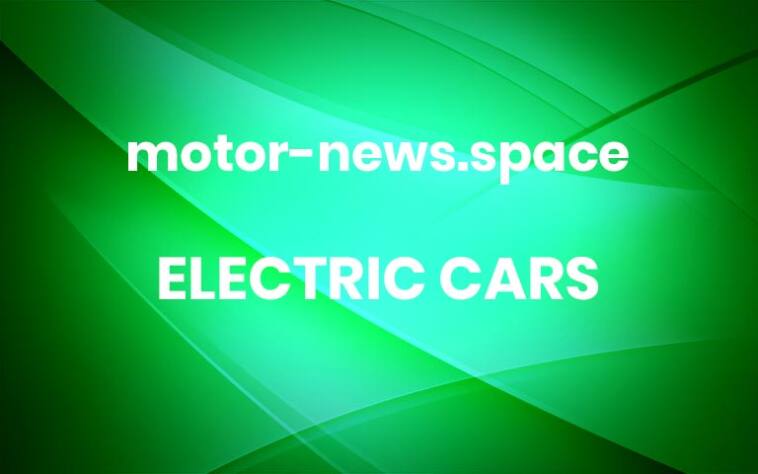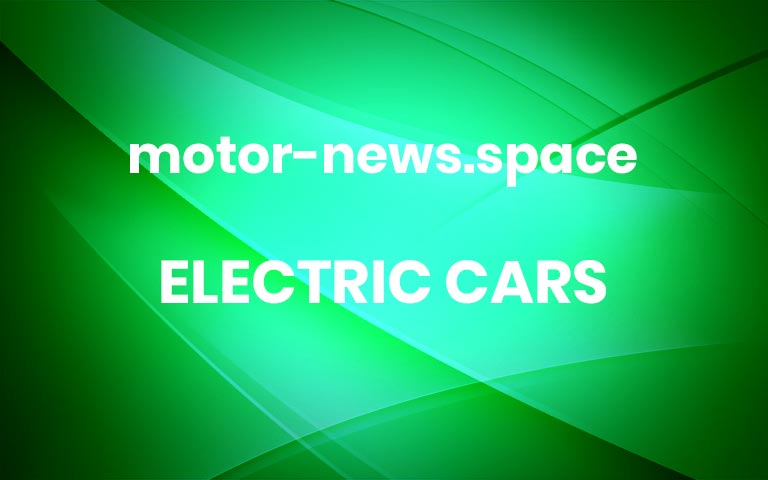Hyundai Creta Electric Spied Inside Out – New Interior Features Leak
Hyundai Creta Electric SpiedMost of the visual aspects of Creta EV across exteriors and interiors appear to be the same as the ICE-based modelIn the electric segment, Hyundai currently offers the Kona EV and Ioniq 5. For the mass market, Hyundai is readying the Creta EV. It will be the most affordable Hyundai electric car in India at the time of launch. Creta Electric will take on rivals such as MG ZS EV and upcoming Maruti eVX and Tata Curvv EV.Creta Electric interiors revealedMuch of the interior spaces, centre console, dashboard and other plastic parts appear to be the same as that of ICE Creta. However, one can see an entirely new steering wheel that is a lot more elegant in comparison to the unit in use with ICE Creta. The new steering wheel onboard Creta EV does not have the ‘H’ logo’. The central area is more rounded and has a circular chrome trim, along with a horizontal chrome strip in the centre.Hyundai Creta Electric SpiedHyundai EVs like Ioniq 5 don’t have any brand badging on the steering wheel. A similar approach could be used for Creta Electric. Another thing revealed is the drive selector located behind the steering wheel on the right side.This again is something similar to Ioniq 5. Steering mounted controls can be seen as well. Other key features include the seamlessly integrated infotainment and instrument cluster screen. It’s the same unit as used with ICE Creta. Interior spy shots are credited to Pilot on Wheels.Hyundai Creta Electric SpiedCreta EV – Equipment listMost of the features for Creta Electric will be borrowed from ICE Creta. Some of the key highlights include dual-tone interiors, leather pack for top trims and power adjustable driver seat.Hyundai Creta Electric SpiedCreta EV will have ventilated seats, wireless charger, cruise control, rear AC vents, USB charger and glove box cooling. Other highlights include premium sound system, wireless Android Auto and Apple CarPlay, voice commands and OTA updates. A range of connectivity features will be available via Hyundai Bluelink connected car technology.Safety kit will also be similar to ICE Creta. Some key features include ADAS, electronic stability control, vehicle stability management, tyre pressure monitoring system, rear parking sensors and camera, front parking sensors and burglar alarm.Hyundai Creta Electric SpiedWhat is the range of Creta Electric?Details about Creta EV’s powertrain are not available at this point of time. However, as per industry standards, Creta EV could deliver a range of more than 400 km. It is expected to get multi-level regenerative braking, as seen with other Hyundai electric cars. Features like vehicle-to-vehicle (V2V) and vehicle-to-load (V2L) are also likely. Both AC and DC fast charging options will be available with Creta EV.To get the early bird advantage, Hyundai will be looking to introduce Creta EV in the shortest possible time. The electric SUV could be launched later this year or sometime next year. Creta Electric could be offered at a starting price of around Rs 20 lakh.Source More



